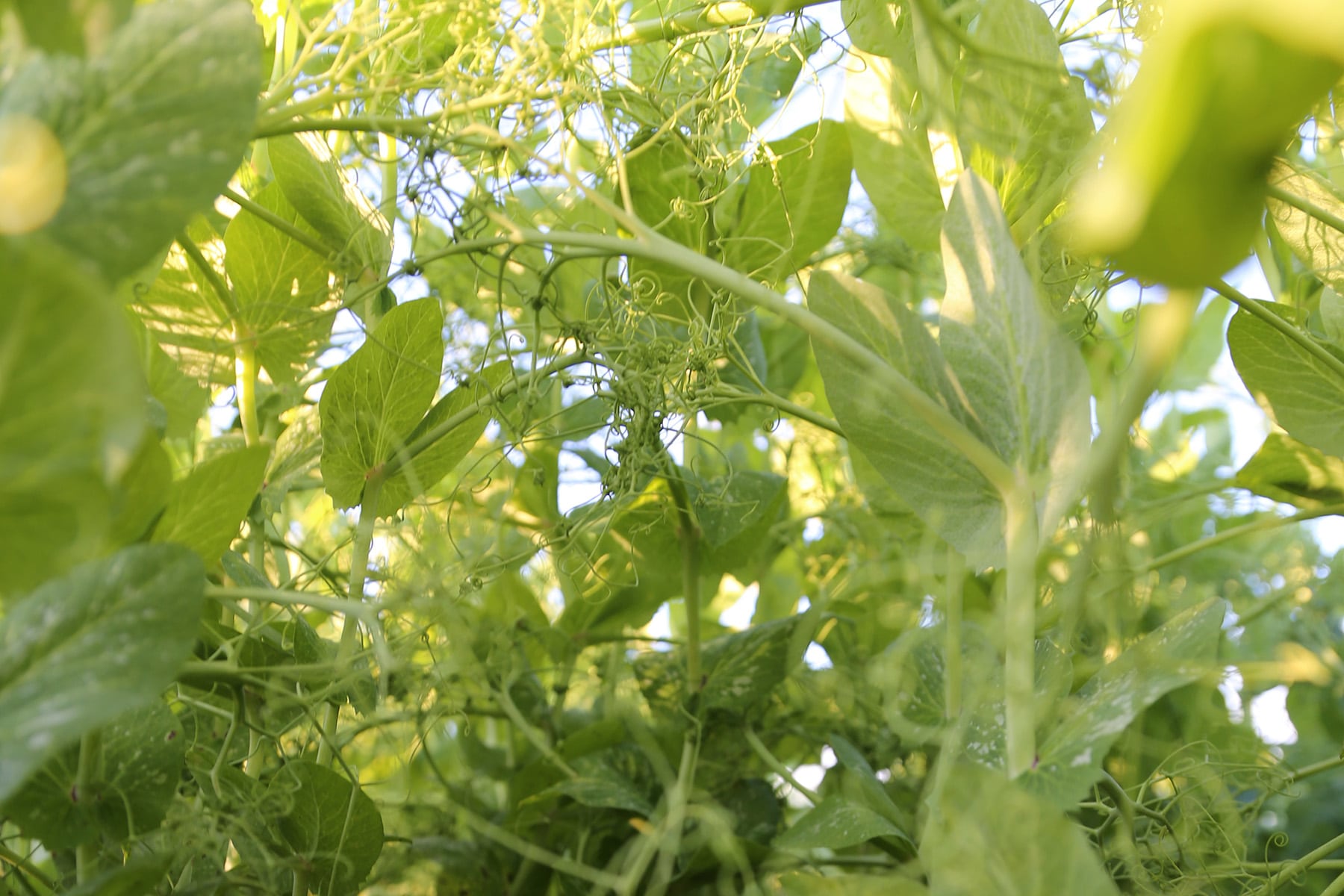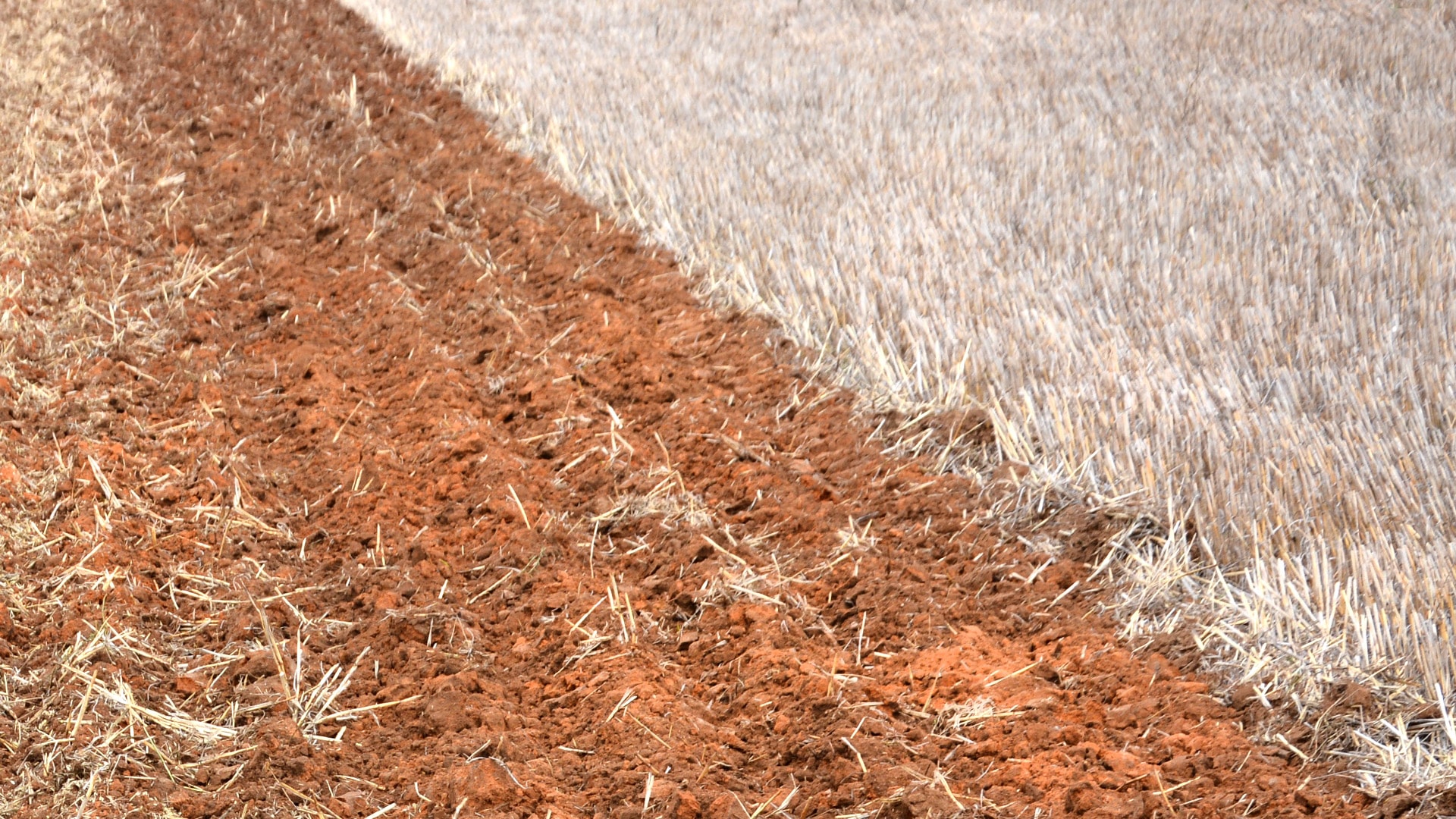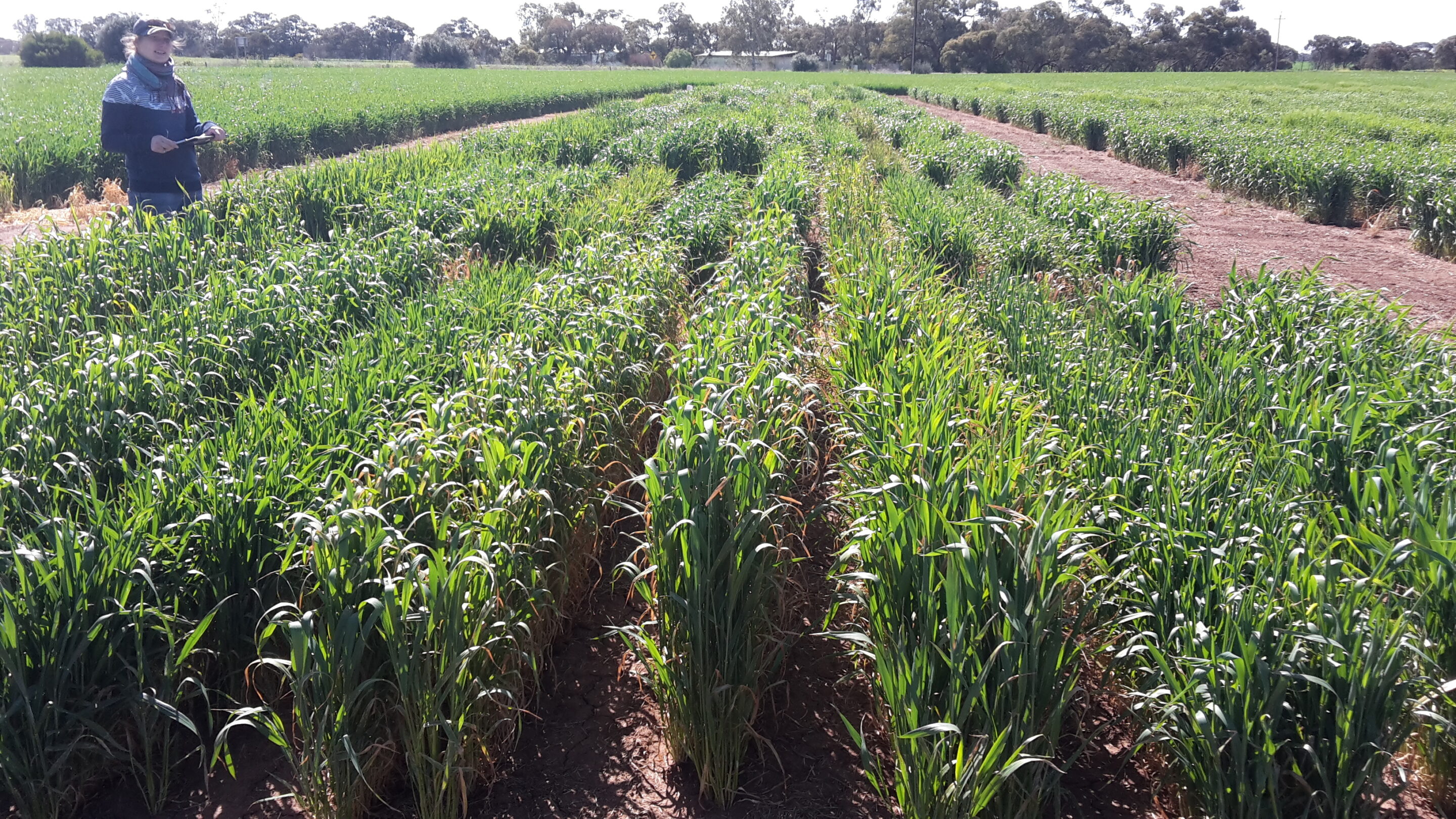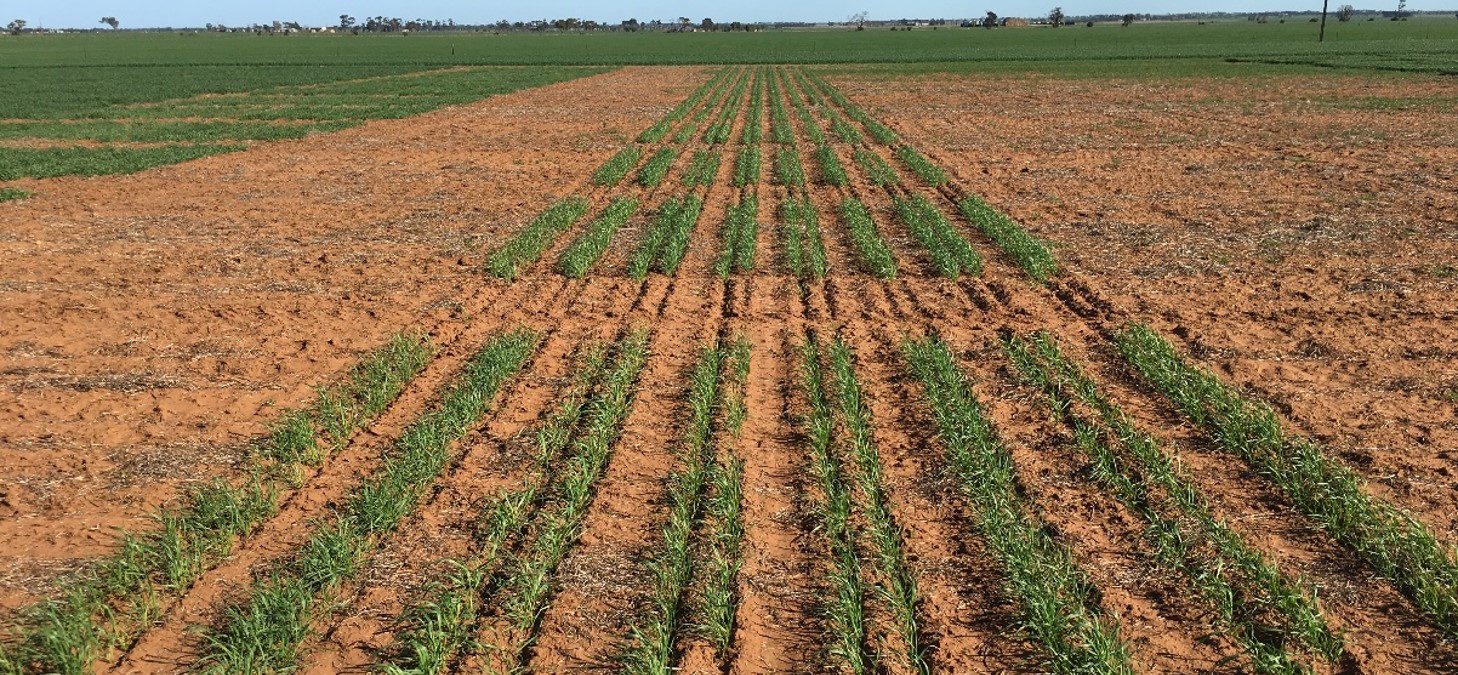START
FINISH
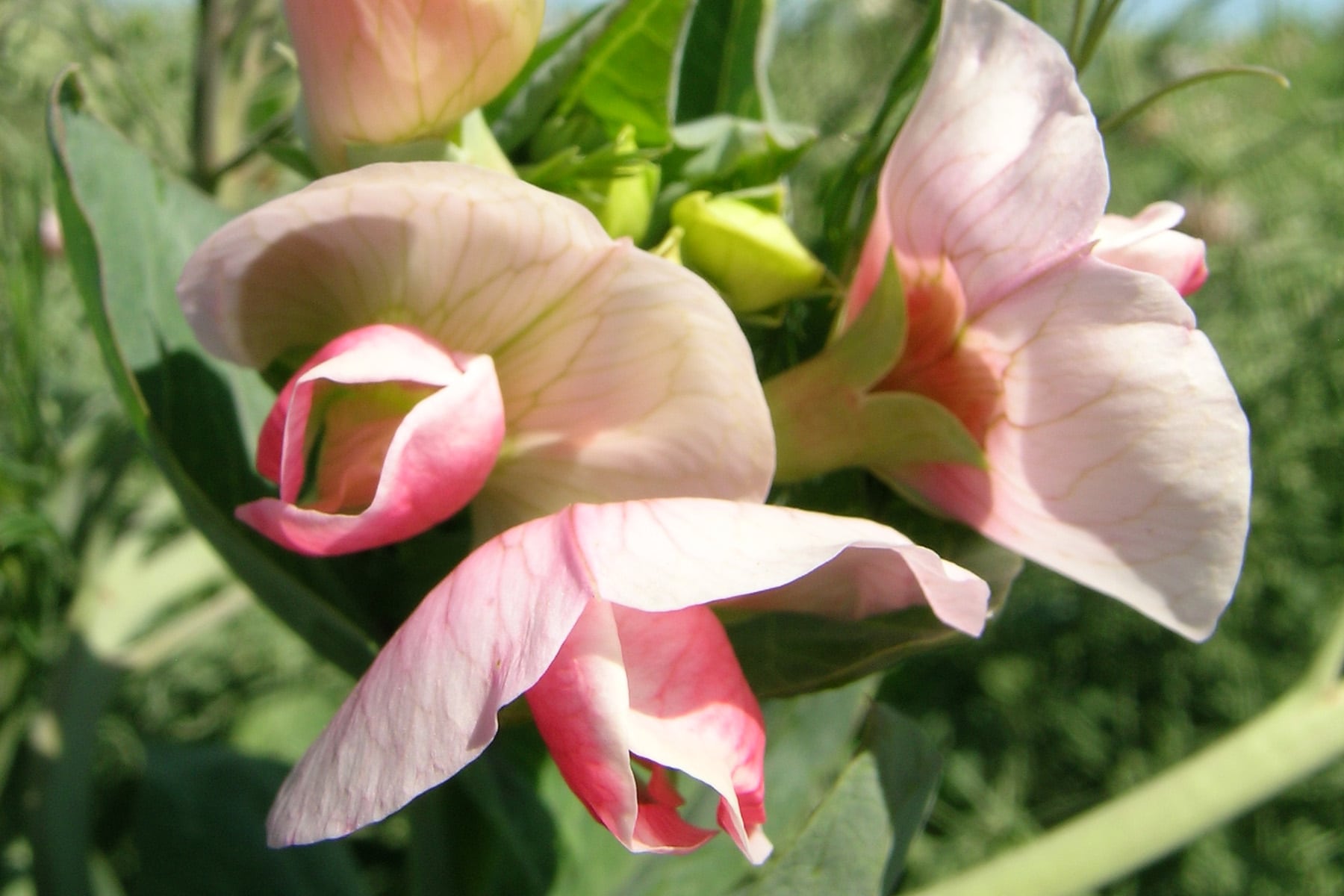
Summary
New forage and dual purpose field pea varieties provide growers with an alternative break crop to vetch. However agronomic management to reduce blackspot disease risk and maximise biomass production will be essential to make the most of these new options.
Background
With field pea and vetch making up about 120,000 ha of South Australia’s cropping area, the introduction of these new varieties offers an alternative to growers looking for a break crop option, particularly in lower rainfall zones.
Research Aims
The research was designed to assess the potential of the forage field peas, as well as providing agronomic management guidelines and assessing the nitrogen fixation and hay quality of the forage field peas compared with grain field peas and vetch.
In The Field
Forage and dual purpose field peas were compared with grain field peas and vetch at four replicated trial sites in South Australia in both 2013 and 2014. This has provided an understanding of their performance and potential for use as a break crop option in SA.
Trials comparing plant biomass and grain yield production of field pea and vetch were completed at Minnipa, Lameroo, Hart and Tarlee in 2013 and 2014. Nodulation and nitrogen fixation assessments were collected at Hart and Tarlee. The hay quality and digestibility of field peas and vetch samples were analysed for samples from the Tarlee site.
Results
The forage field pea variety PBA Hayman agronomically performed very differently to the grain variety Kaspa and dual purpose varieties Morgan and PBA Coogee and will require a different management strategy to optimise production.
PBA Hayman was found to have a higher biomass production potential than the other field pea varieties evaluated and in some situations than vetch. This increase was up to 70% greater than Kaspa and Morgan in some conditions and was more evident when sown early or grown in more favourable environments.
PBA Hayman was found to have an increased susceptibility to the major pea disease “black spot” over all other varieties and, under high disease pressure, biomass production was dramatically reduced compared with Kaspa and Morgan.
PBA Hayman has significantly lower grain yield potential, between 20 and 80% lower, than other field pea varieties and grain retrieval may be difficult due to its late maturity.
The value of PBA Hayman as an alternative to vetch in SA will depend on being able to sow it early and control blackspot disease infection. This may be difficult to achieve in many areas and seasons.
Biomass production of the potential dual forage/grain field pea PBA Coogee was generally only similar to Kaspa and Morgan and grain yield was always lower than Kaspa by 14-54% and equal or lower than Morgan. This suggests Kaspa or Morgan remain the variety of choice for grain yield.
Biomass comparisons between field peas Kaspa, Morgan and PBA Coogee and vetch were complex, varying with site, year, variety and sowing date. Generally, vetch varieties produced equal or greater biomass levels when blackspot was present or in favourable growing environments. The best relative performances by the field pea varieties were at later sowing dates in lower rainfall environments. Field pea varieties generally showed similar or greater grain yields than vetch.
Nodulation studies found that the forage pea and vetch varieties formed an adequate number of nodules per plant with background soil rhizobia. Pea and vetch varieties sown at the early timing of early/mid May fixed on average 15 kg N/ha more than those sown later (late May – early June).
Oat/legume mixtures of more than 20% oats generally reduced metabolizable energy (ME) and crude protein levels similar to those found in 100% oats.
Project Participants
SARDI: Larn McMurray, Michael Lines, Dr Liz Farquharson, Ross Ballard, Stuart Nagel, Leigh Davis
DEPI Horsham: Dr Joe Panozzo
Pat Connell (Tarlee)
Gary Fhlor (Lameroo).
The Problem
Pulse Breeding Australia’s new forage/dual purpose field pea varieties PBA Coogee and PBA Hayman provide an alternative to vetch and other break crops. However, there was limited evaluation and agronomic understanding of these alternative field pea types.
The research
Field trials were conducted in SA to compare these varieties with other pea and vetch varieties to determine agronomic suitability.
More information
Larn McMurray, SARDI
T: 08 8842 6265
E: [email protected]
Value for Growers
PBA Hayman and PBA Coogee are now both widely available to growers and interest in a forage/dual purpose pea as an alternative to field pea, vetch or other break crop, continues to expand. This is particularly true for areas such as the South Australian Mallee and is primarily because of increased weed control options, larger and stable grain markets, and equal or increased biomass production over vetch in some areas.
Current recommendations for maximising grain yield in field pea will also maximise biomass production, that is, earliest sowing around “Blackspot Manager” recommendations and sowing densities of 50 plants/sq. m. Where the sowing date is delayed past optimum to manage blackspot, biomass yield can be maximised by increasing sowing density of all varieties to 75 plants/sq. m with little negative effect on grain yield.
On balance, forage peas fixed similar total amounts of nitrogen to the grain pea Kaspa, with some varietal differences evident in some trials.

